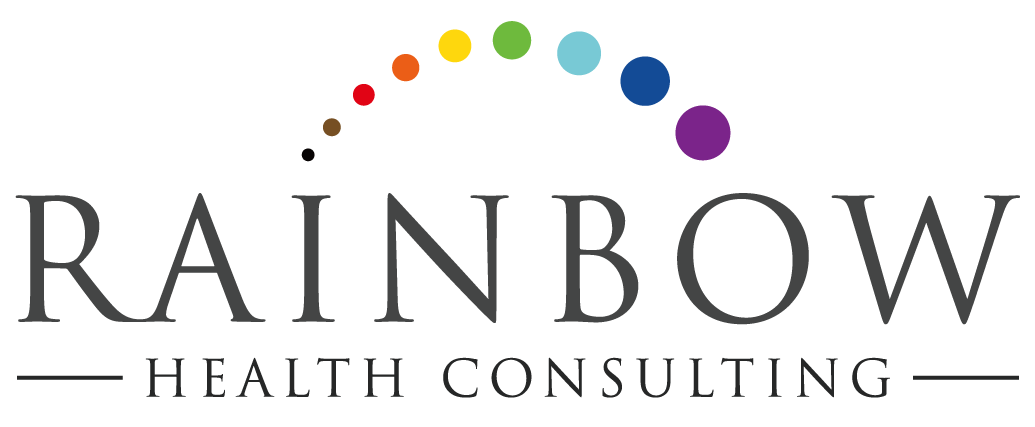Protecting the Next Generation from HIV and AIDS
A lot has changed about HIV and AIDS since it first began to be diagnosed in the United States. We understand the mechanism by which the virus spreads, the way it behaves in the body, and how to treat it to maintain a longer lifespan in those who contract it. A report from the Centers for Disease Control (CDC) maintains that in the period 2003 to 2011, 500,000 Americans were diagnosed with HIV. The annual rate of diagnosis, however, dropped from 24 per 1,000 people to 16 per 1,000 people. New diagnoses decreased in almost all demographic groups.
For young gay men coming of sexual age now, however, the news about HIV is not as rosy. New diagnoses are rising in the young adult age group for these men. The report describes the increase in 13- to 24 year-old men with new HIV diagnoses as increasing 132 percent from nearly 3,000 in 2002 to nearly 7,000 in 2011. In older gay men, the number of diagnoses increased 5 percent for ages 45 to 54 and increased 18 percent for ages 55 and over. Young African-American gay and bisexual men are at particularly high risk.
It is challenging to keep the public interest on a health topic for 30 years, the time during which we’ve known of HIV and AIDS. The young men who are being newly diagnosed were born after AIDS became a chronic illness treatable with medication rather than a death sentence. Making its debut as an HIV medication in 2004, Truvada was approved by the FDA for pre-exposure prophylaxis (PreP) in 2012. This drug has released the sex-related pressure valve for some gay men as they no longer worry as much that each sexual encounter will mean certain death. Some argue that condom use might decrease with widespread Truvada usage, but the data do not support or oppose that yet.
We don’t all have gay kids, of course, but some of us do. Others of us have friends with gay children or community members that have sought us out for advice on their gay children. So what can we do about this as queer parents, many of whom came of age during the most intense years of the AIDS crisis?
Reach out. Let the teen in your life know that you’re there for them, that you are an adult that they can depend on. You have been through it, and they can get through it. Studies have shown that LGBT teens without social support have riskier sexual behaviors than those without.
Give perspective. It’s important for the younger generations to have context for our concern. Teach them our history. Show them films such as How to Survive a Plague so that they can understand what their predecessors fought for in the early days of HIV and AIDS.
Make safe sex the norm. Be open with your kids about sex and about safe sex. Talk about their options, be open to listening to their questions, and make sure they know that you are a safe space if they ever feel that they have made a bad or risky sexual decision.
Get tested. Consider going with your teen to get tested together. Establishing a baseline negative takes away the fear of testing the next time when they might not feel as confident about their results.
The numbers of new diagnoses of HIV in youth were up in the last decade, but that doesn’t mean that they have to continue to increase in the next decade. Let’s continue to modify health education to take away the fear and confusion around development and sex. Let’s demystify HIV and AIDS and make sure that the next generation of gay youth does not suffer the same way as previous generations did. We can decrease new diagnoses now, and we should do our part.

